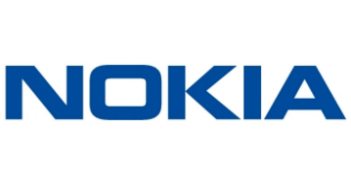Nokia reported a better-than-expected first quarter, but CEO Pekka Lundmark warned investors that the company is being impacted by rising input prices and the global chip shortage.
While Lundmark said that Nokia’s first-quarter results were a “strong start to the year,” he added that the company could have grown faster if it had not been hampered by supply chain issues. “Supply chain continued to constrain our growth, notably in mobile networks, and then within [the] network infrastructure business inside the optical networks business,” Lundmark said on Nokia’s call with investors.
Asked about rising costs, Lundmark responded,”As we all know, there is strong inflationary pressure in the world at the moment and we are seeing increases in input costs. And of course, in new deals that we are pricing, in every single new deal we embed all the information that we have on the technology competitiveness, input cost and then in that particular customer situation, our relative competitiveness vis-a-vis [our] competition.” In mobile networks in particular, he noted, there isn’t a single global price and every deal’s cost is negotiated. He assured investors that Nokia is accounting for increased input costs in its pricing. “I believe the whole industry, that everybody has an interest and an intention to pass on as much of the input cost increases on to customer prices as possible,” he added.
Overall, Nokia’s first-quarter net sales were up 1% from last year on a constant currency basis, and 5% with currency changes not taken into account. Network infrastructure was up 9% on a constant currency basis. Nokia did see a 4% decline year-over-year in mobile because of the supply chain crunch, but Lundmark said that demand remained strong. Profits for the period were down 17% compared to the same period last year, the company reported.
In terms of chips, Lundmark said, “There are some areas of improvement here and there, but in the big picture the situation continues [to be] tight. In addition to that, in the short-term we are now facing some supplier-specific challenges.”
On the positive side, he credited Nokia’s R&D investment with driving its success in 5G growth, as well as a shift in its services mix. Nokia, he said, is transitioning from low-margin deployment services “towards a higher share of higher margin, technical support and maintenance services.
“This is a strategic shift that we are driving in the service part of the mobile networks business,” he continued.
In networks, Lundmark called out Nokia’s 29% year-over-year growth in fixed networks, as well as 25% growth in submarine networks. Meanwhile, the company’s optical networks segment was weighed down by supply chain issues, he said.
Lundmark said that Nokia is seeing carriers transition toward a 5G core/5G Standalone networks, and also that it is seeing growth in its core networks business due to the adoption of private networks.

